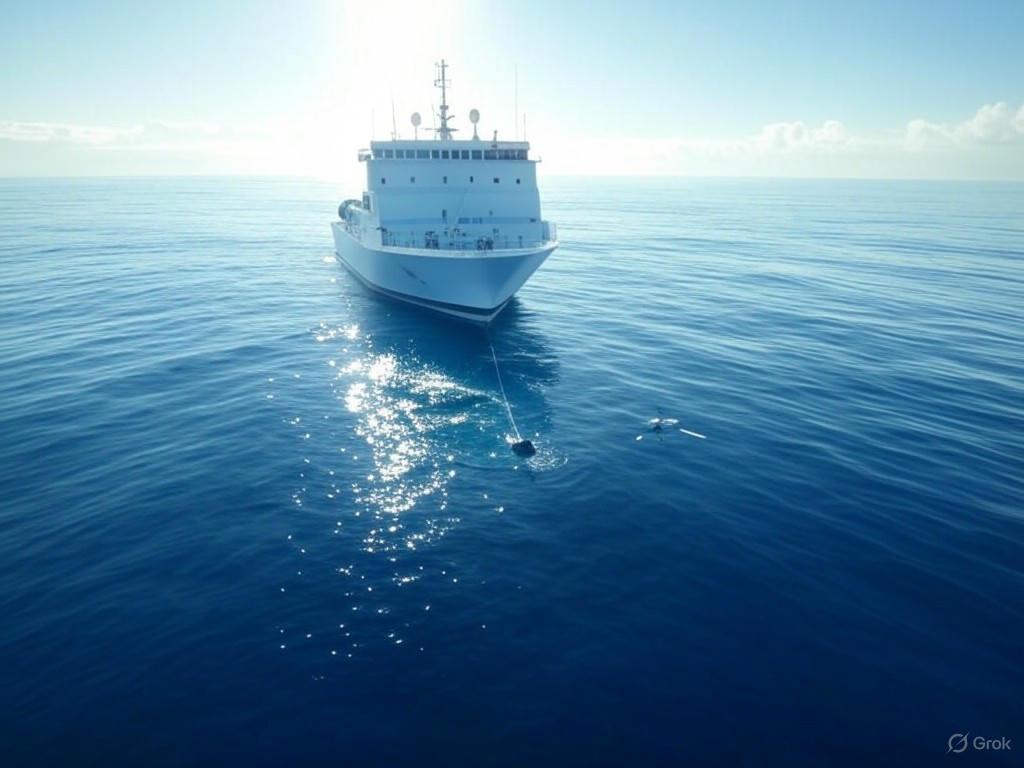The vast expanse of the high seas, covering two-thirds of the world's oceans, is vital for marine biodiversity yet remains underregulated. With the adoption of the United Nations' BBNJ Agreement, there emerges a framework poised to govern these waters sustainably. At the heart of this initiative lies the Environmental Impact Assessments (EIAs), a tool essential for safeguarding marine ecosystems from unchecked exploitation.
Environmental Impact Assessments serve as a regulatory checkpoint, ensuring proposed activities in the high seas do not harm marine biodiversity. Within the BBNJ Agreement, EIAs are crafted to evaluate environmental risks before activities commence, a critical step for conservation. The agreement goes a step further by detailing procedural requirements, which include screening processes that identify potential ecological impacts. Importantly, unlike previous mandates, these requirements extend beyond simple recommendations to more structured and regulatory expectations[1].
However, integrating EIAs into the high seas framework is not without its hurdles. A notable challenge is the fragmented nature of current regulations governing high seas activities. Existing regional frameworks, like those in the Antarctic, have their EIA protocols, but with varying standards and implementation levels. The BBNJ Agreement attempts to align these disparate measures by setting a comprehensive global standard, yet coordination remains complex. Furthermore, not all countries have signed the agreement, leading to potential implementation disparities[2].
The "not undermine" clause within the BBNJ Agreement adds another layer of complexity. This provision mandates that the new rules should not weaken existing regulations of international frameworks. While this principle promotes coherence, it also leads to potential overlaps and conflicts in legal interpretations, particularly concerning EIA standards. Each participating nation must tread carefully, balancing both national interests and international obligations[3].
Moreover, the successful application of EIAs under the BBNJ Agreement will largely depend on robust international collaboration. The clearinghouse mechanism proposed by the treaty aims to enhance transparency and cooperation among stakeholders. This platform will facilitate the sharing of EIA reports and foster a coordinated response to transboundary environmental challenges. Nevertheless, its effectiveness hinges on the willingness of all parties, including those outside the BBNJ framework, to engage actively and share information openly.
In conclusion, while the BBNJ Agreement marks a significant step towards comprehensive ocean governance, its success in leveraging EIAs depends on overcoming regulatory fragmentation and fostering international cooperation. As preparations for the agreement's full implementation progress, the global community must commit to enhancing these assessments’ role, ensuring they contribute effectively to the sustainable management of our shared marine resources[2][3].
References:
1. Pew's article on the BBNJ Agreement







